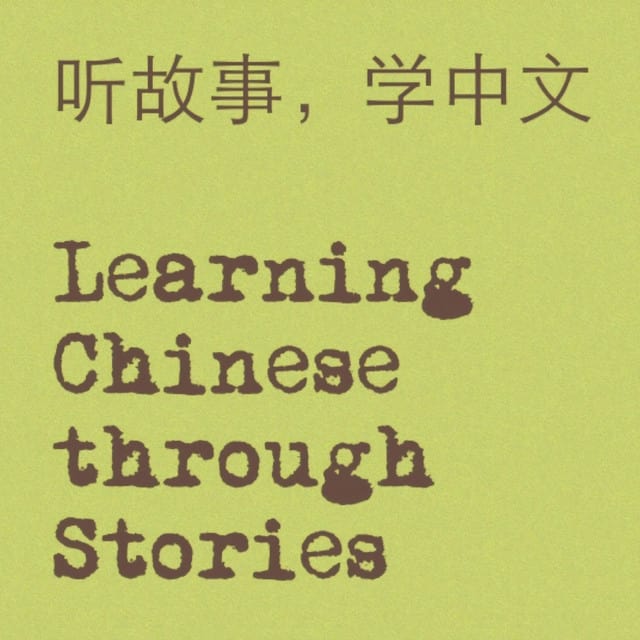Write Alphabet Mini-Review: Try Our Other Recommendations Instead
Write Alphabet
Summary
Write Alphabet seems to be a less developed version of Write It! Its purpose is to help users learn to write in different languages, guiding you through the alphabet of several scripts and allowing you to practice by drawing the characters with your finger. Like Write It!, Write Alphabet is free, but it has a lot of advertisements without an option to buy them off. Additionally, the app does not recognize your attempt to replicate each language’s script unless you start and finish within the lines of the template. Instead of this app, you can test Write it! (free), Write Me (paid lifetime access), and Scripts by Drops (monthly or lifetime access) to see which one best suits the language you are learning. For more comprehensive apps, check out Eggbun for Korean or Skritter for Chinese and Japanese.
Write Alphabet Mini-Review: Try Our Other Recommendations Instead Read More »











